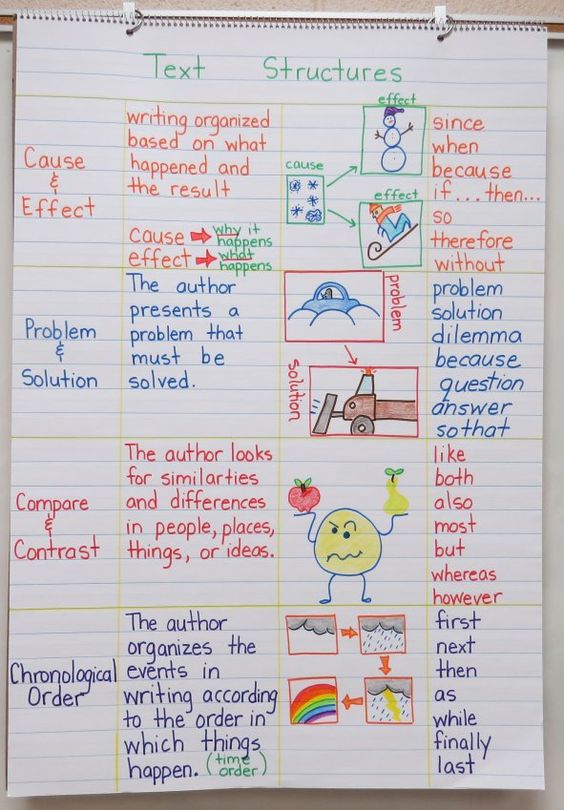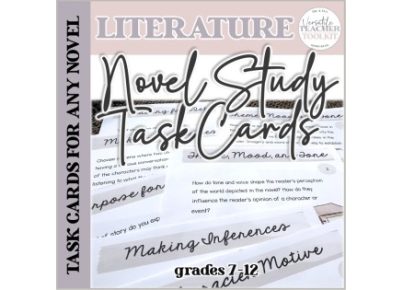Introduction
Anchor charts are an essential tool for educators, assisting students in their learning journey by providing a visual representation of complex ideas. One of the most significant aspects of literature that students need to understand is the theme. Teaching theme can be challenging, but using anchor charts can make the process more manageable and engaging.
In this article, we will explore 15 creative anchor charts for teaching theme, helping students gain a deeper understanding of this essential literary element.
1. Definition of Theme:
Begin with a simple anchor chart that defines ‘theme’. Provide examples of common themes in literature, such as love, friendship, and overcoming adversity.
2. Theme vs. Main Idea:
Create a chart that distinguishes between theme and main idea. By defining these terms and giving examples, students will better understand their differences.
3. Finding Theme in Literature:
An anchor chart explaining how to identify themes in literature can serve as a valuable reference for students as they read and analyze texts. Include tips on examining character actions, conflicts, and resolution.
4. Theme Statements:
Guide your students in creating strong theme statements with an anchor chart that provides examples and tips for constructing their own statements about the texts they read.
5. Common Themes in Literature:
Create an anchor chart listing universal themes found in various types of literature, such as courage, mortality, or the power of nature.
6. Symbolism and Theme:
Explore the connection between symbols and themes with an anchor chart focusing on how authors use symbols to represent larger concepts or ideas within their work.
7. Themes Across Genres:
Design a chart that showcases common themes found within different genres of literature (e.g., science fiction, mystery). This helps students recognize overarching themes in diverse texts.
8. Themes Across Cultures:
Demonstrate that themes transcend cultural barriers by creating an anchor chart featuring common themes found in literature from different countries and cultural backgrounds.
9. Visualizing Themes:
Encourage students to create visual representations of themes in literature using drawings, diagrams, or mind maps on an anchor chart. This fosters a deeper understanding and allows for creative expression.
10. Supporting Evidence for Themes:
Teach students to find evidence in the text that supports their interpretation of the theme with specific examples. Create a chart illustrating how to use quotes and other textual evidence effectively.
11. Changing Themes over Time:
Discuss how themes in literature have evolved over time using an anchor chart that examines themes in different historical eras or literary periods.
12. Comparing and Contrasting Themes:
Help students understand the similarities and differences between the themes of two texts with a Venn diagram or T-chart anchor chart.
13. Theme Analysis Graphic Organizer:
Design an anchor chart including a graphic organizer for theme analysis that guides students in organizing their thoughts and connections while reading.
14. Themes in Poetry:
Explore themes within poetry by crafting an anchor chart that demonstrates how poets communicate themes through various devices such as imagery, metaphor, and form.
15. Tracking Themes in a Novel:
Provide ongoing support for teaching theme by creating an anchor chart where students can track the themes they encounter throughout a novel or unit of study.
Conclusion
Effective teaching of theme is crucial in helping students develop their comprehension, analysis, and appreciation of literature at all levels. By using engaging anchor charts tailored to different concepts and approaches to teaching theme, teachers can help learners grasp this fundamental literary concept more easily. Happy teaching!





